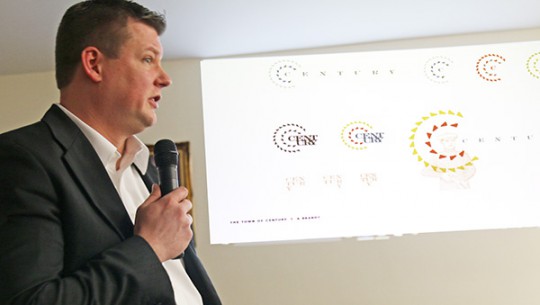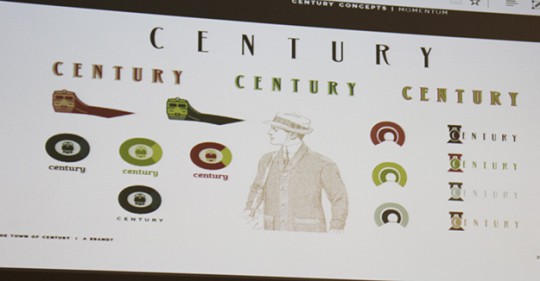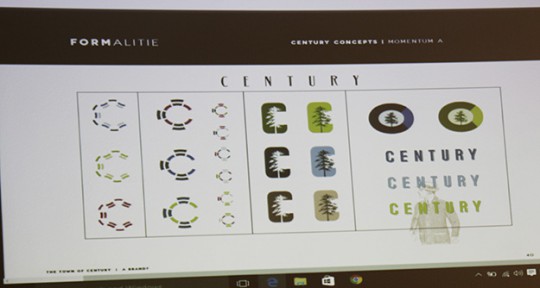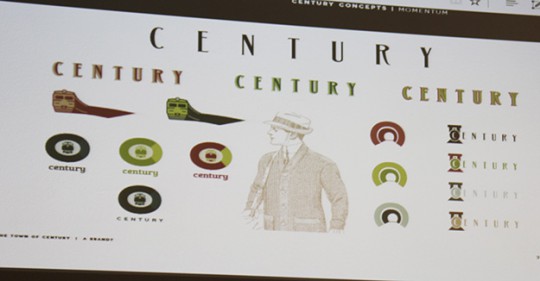It's not exactly a revolutionary concept -- the more personalized an experience someone has with a business, the more likely they are to buy something.
Normally this involves a face-to-face interaction, but really, you can apply it to any touchpoint between the proprietor of a business and a potential customer.
And there's no doubt, that as a marketing agency, you've experienced how providing a feeling of individualized service helps to close and retain clients.
So on the face of it, offering up website personalization as a service to your customers seems like a no-brainer.
However, until recently, there were some barriers keeping many agencies from providing website personalization, such as cost or the required amount of development resources.
Well, times have changed, and now there are a slew of options you have for providing website personalization to your clients. Here are five of the top questions every digital marketing agency should have answers to when considering bringing website personalization into your service.
1. What exactly is website personalization?
So let's start with an overarching definition:
Website personalization is the application of technology and web design to create one-to-one visitor experiences that maximize customer engagement and conversion.
The key here is the "one-to-one" part.
There are plenty of ways to use new tech solutions and web design methods to create customer experiences that are designed to increase conversion -- responsive design is one; adding specific features by device, like a click-to-call button on mobile, is another -- but true website personalization provides visitors with an experience that is unique to them based off of one or more of three criteria.
Contextual (e.g. the site is personalized based off of a visitor's physical location or the time of day) Behavioral (e.g. the website alters its content based on past browsing history or on-site action) Demographic (e.g. the site will switch itself up depending on how old it thinks you are, what profession you're in, etc.) One last thing -- for it to be website personalization, all of these changes should happen automatically.
2. How important of a marketing tool is website personalization?
Well, let's put it this way -- there's a reason Amazon is doing it.
Of course showing people items or services they are likely to purchase based on what you know about them has the potential to be a huge revenue booster, but for SMBs, it can be a complete game changer.
This is because a personalized experience has traditionally been the biggest advantage SMBs have over their enterprise-level competitors.
After all, when was the last time you walked into a Wal-Mart and the sales representative knew your name, shoe style and what cut of jeans you like?
However, the story is a little bit different if you head to the local clothing store down the street, isn't it?
The only problem is this advantage of adding that personal touch only extends to the offline world.
Not only are big business websites more trusted online due to brand recognition, the fact that they normally provide a higher level of personalization and better functionality plays a big part.
And there's data to back all of this up.
According to a study by YouGov, commissioned by 123-reg, in the UK:
Over half of British adults (56%) say that "the personal service they offer is a benefit of buying in store from small businesses."
71% of British adults who ever purchase items online from a business' website agree that "offline, small businesses provide a more personal service than big businesses."
59% of adults felt large business websites are generally better than small business websites. This rises to 78% for 18-24 year olds.
When purchasing items directly from a business' website, almost a quarter of adults (23%) prefer to buy items from big business websites rather than their small business counterparts. This rises to 45% of those aged 18-24.
3. What are my options for offering website personalization?
There are essentially three options for incorporating website personalization into your service.
Add-on SasS (software as a service) products Existing tools that are incorporated as a part of a CMS or website builder Custom codingEach of these have their advantages and disadvantages, and it will probably take a little soul-searching to figure out which one is right for your agency.
Let's walk through a few of them as examples.
Add-on SaaS products can be brought on and incorporated into your service quickly, without having to re-evaluate your existing tools set or method of website building. However, the level of integration with your service will most likely be restricted.
Things like tracking and analytics, which are of course important to every digital marketing agency for proving value to their clients, can become difficult.
Employing a CMS or website builder with built-in personalization tools will probably require migrating off of a legacy system, which we all know is a big decision to make, but concerns about tracking, analytics and compatibility between product solutions become a thing of the past.
And finally, if you really know what you're doing and time or development resources are no issue, you could custom code your own solution.
But be warned, this requires a very advanced knowledge of coding and will, in all likelihood, take a long time to implement.
4. Despite which route I choose, what should I look for in a solid website personalization solution?
In addition to weighing the pros and cons of each option, there are a few things to consider that are universal no matter what direction you take. Chief among these is privacy/security concerns and usability.
Let's just get this out of the way -- personalization is viewed, if it's used wisely, as an intrusion of privacy.
For example, wouldn't it be weird if you arrived on a website you have never been to, and it blatantly welcomes you by your full name, referenced where you lived, and then tried to sell you something relating to something you have never shared online?
Of course it would. And the user would most likely be made to feel pretty uncomfortable and abandon the site immediately.
Website personalization should always speak to the needs of the user, without going overboard. There's no real standard here, but it's important to exercise good judgment.
The next is usability -- for both you and your customers.
If you're a digital marketing agency that provides a complete "do-it-for-me" style service where your client never manages their own website, then you want to make sure the tool you select is something that isn't going to be over the head of your staff.
If your agency's style is to hand your client the keys to the backend of their website once it's completed, you're going to want to make sure the tool you pick is something they will actually be able to engage with.
Clearly, your staff could probably handle something a little more advanced, but you want to make sure that you play to the lowest common tech fluency denominator.
In short, pick something that's user-friendly enough to meet your needs.
5. How do I present and market this to my clients?
As website personalization is a completely new thing to most SMBs, it can be hard for many people to wrap their minds around this.
The best way to explain it to your clients is that a website is basically your storefront online, and just like when someone walks through the door of your brick-and-mortar business, you want to try to address their unique needs as best as possible.
Adding personalization to your website does just that.
It's like hiring an additional store greeter or sales rep that can help you provide a more engaging and user-friendly experience for people looking to buy from you.
One of the best selling points of employing website personalization is that it helps your clients make money off of the traffic that they already have.
So instead of burning more cash on SEM campaigns or SEO services that can take a long time to pay off, your clients can see a spike in their customer conversion rate right away.
Think of it in the same vein as email marketing.
It's an ongoing service you can provide that benefits your client, without breaking the bank.
What small business owner could resist?
Source:
Top 5 Questions Marketing Agencies Have About Website Personalization







 Don't Shorten—Serialize
Don't Shorten—Serialize 

